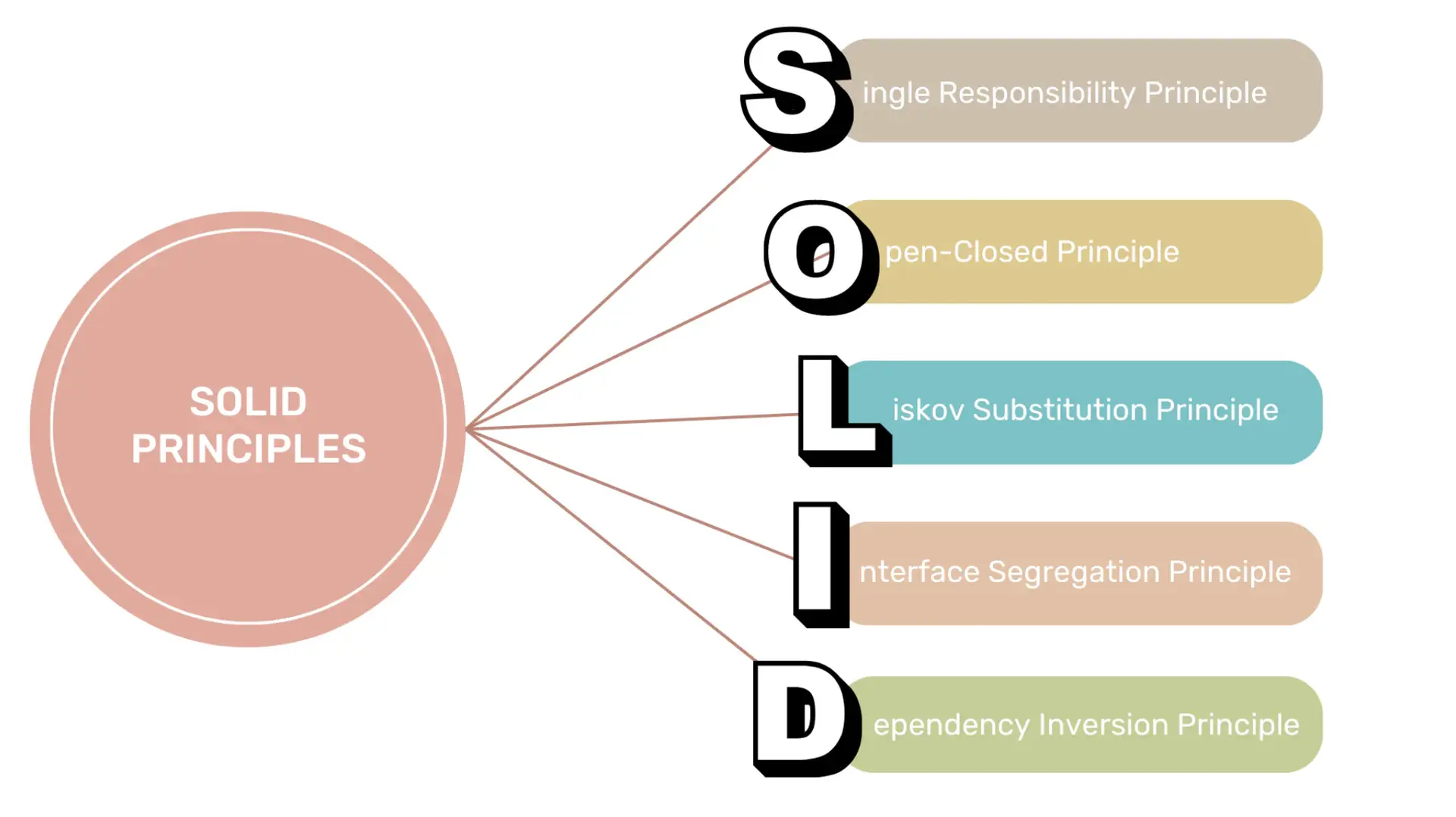Introduction In the modern era of cloud computing, software architecture plays a crucial role in enabling organizations to leverage the full potential of the cloud. With the increasing adoption of…
Learn the AWS Fundamentals: EC2, ELB, ASG, RDS, ElastiCache, S3

Learn about the fundamentals of AWS services such as EC2, ELB, ASG, RDS, ElastiCache, and S3.
Discover how to leverage these services to build scalable and reliable applications in the cloud.
Start exploring AWS today and unlock the full potential for your business.

Introduction AWS Fundamentals
Amazon Web Services (AWS) is a cloud computing platform that offers a wide range of services to help businesses scale and grow.
In this blog post, we will explore the fundamentals of some of the key AWS services, including EC2, ELB, ASG, RDS, ElastiCache, and S3.
Understanding these services is essential for anyone looking to leverage the power of AWS for their applications and infrastructure.
EC2 – Elastic Compute Cloud
EC2 is a web service that provides resizable compute capacity in the cloud. It allows you to easily provision virtual servers, known as instances, and scale them up or down as per your requirements.
EC2 instances are highly customizable and can be configured with different operating systems, storage options, and security settings.
Here’s an example of how to create an EC2 instance using the AWS Command Line Interface (CLI):
aws ec2 run-instances --image-id ami-0c94855ba95c71c99 --count 1 --instance-type t2.micro --key-name my-key-pair --security-group-ids sg-0123456789abcdef0 --subnet-id subnet-0123456789abcdef0
ELB – Elastic Load Balancer
ELB is a service that automatically distributes incoming application traffic across multiple EC2 instances.
It helps improve the availability and fault tolerance of your applications by ensuring that traffic is evenly distributed and can be seamlessly redirected in case of any instance failure.
Here’s an example of how to create an ELB using the AWS Management Console:

1. Open the EC2 console.
2. In the navigation pane, choose "Load Balancers".
3. Choose "Create Load Balancer".
4. Select the appropriate load balancer type (Application, Network, or Classic).
5. Configure the load balancer settings, including listeners, target groups, and security groups.
6. Choose "Create" to create the load balancer.
ASG – Auto Scaling Group
ASG is a service that helps you automatically scale your EC2 instances based on predefined conditions.
It allows you to maintain the desired number of instances in your application, even during peak traffic or demand fluctuations.
ASG can automatically launch or terminate instances based on metrics such as CPU utilization, network traffic, or custom alarms.
Here’s an example of how to create an ASG using the AWS Management Console:
1. Open the EC2 console.
2. In the navigation pane, choose "Auto Scaling Groups".
3. Choose "Create Auto Scaling Group".
4. Configure the auto scaling group settings, including launch configuration, scaling policies, and health checks.
5. Choose "Create Auto Scaling Group" to create the auto scaling group.
RDS – Relational Database Service
RDS is a fully managed database service that makes it easy to set up, operate, and scale a relational database in the cloud.
It supports popular database engines such as MySQL, PostgreSQL, Oracle, and SQL Server. RDS takes care of routine database tasks such as backups, software patching, and hardware provisioning, allowing you to focus on your application logic.
Here’s an example of how to create an RDS instance using the AWS Management Console:
1. Open the RDS console.
2. Choose "Create database".
3. Select the database engine, edition, and version.
4. Configure the database instance settings, including instance type, storage, and security groups.
5. Choose "Create database" to create the RDS instance.
ElastiCache
ElastiCache is a fully managed in-memory data store service that helps improve the performance and scalability of your applications.
It supports popular caching engines such as Redis and Memcached. ElastiCache allows you to offload the load from your database by caching frequently accessed data, reducing the overall response time and improving the user experience.

Here’s an example of how to create an ElastiCache cluster using the AWS Management Console:
1. Open the ElastiCache console.
2. Choose "Create" to create a new cluster.
3. Select the caching engine (Redis or Memcached).
4. Configure the cluster settings, including node type, number of nodes, and security groups.
5. Choose "Create" to create the ElastiCache cluster.
S3 – Simple Storage Service
S3 is an object storage service that offers industry-leading scalability, data availability, security, and performance.
It allows you to store and retrieve any amount of data from anywhere on the web.
S3 is highly durable and provides multiple storage classes to optimize costs based on the access patterns and retention requirements of your data.
Here’s an example of how to upload a file to S3 using the AWS SDK for Python (Boto3):
import boto3
s3 = boto3.client('s3')
bucket_name = 'my-bucket'
file_name = 'my-file.txt'
s3.upload_file(file_name, bucket_name, file_name)
Conclusion
Understanding the fundamentals of AWS services like EC2, ELB, ASG, RDS, ElastiCache, and S3 is crucial for building scalable and reliable applications in the cloud.

By leveraging these services, you can take advantage of AWS’s infrastructure and focus on delivering value to your customers.
Start exploring these services today and unlock the full potential of AWS for your business.
https://itexamsusa.blogspot.com/2023/12/mastering-matlab-programming-for.html
https://itexamsusa.blogspot.com/2023/12/monolith-vs-microservices-which-one-is.html
https://itexamsusa.blogspot.com/2023/12/publicprivate-keypairs-and-generating.html
https://itexamsusa.blogspot.com/2023/10/exam-dp-203-data-engineering-on.html
https://itexamsusa.blogspot.com/2023/10/ccnp-enterprise-advanced-routing-enarsi.html
https://itexamsusa.blogspot.com/2023/10/red-hat-certified-engineerrhce-ex294.html
https://itexamsusa.blogspot.com/2023/09/github-actions-to-auto-build-your.html



























